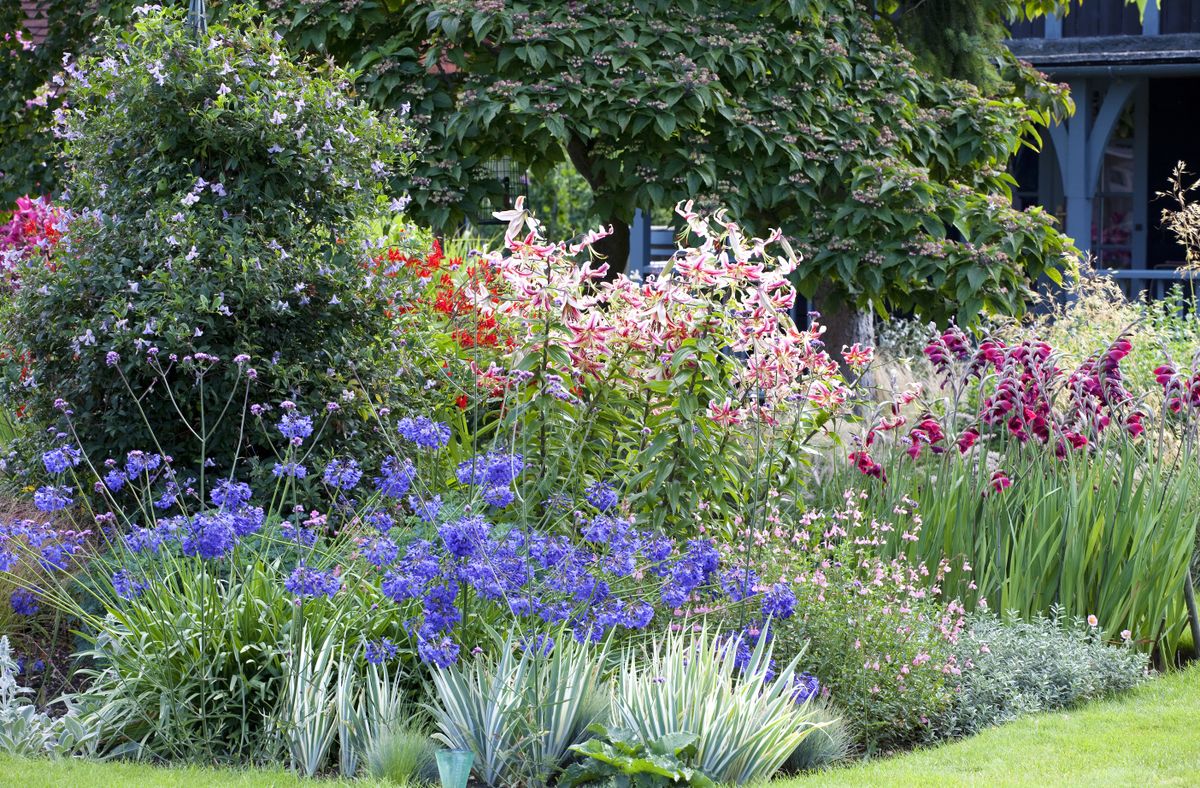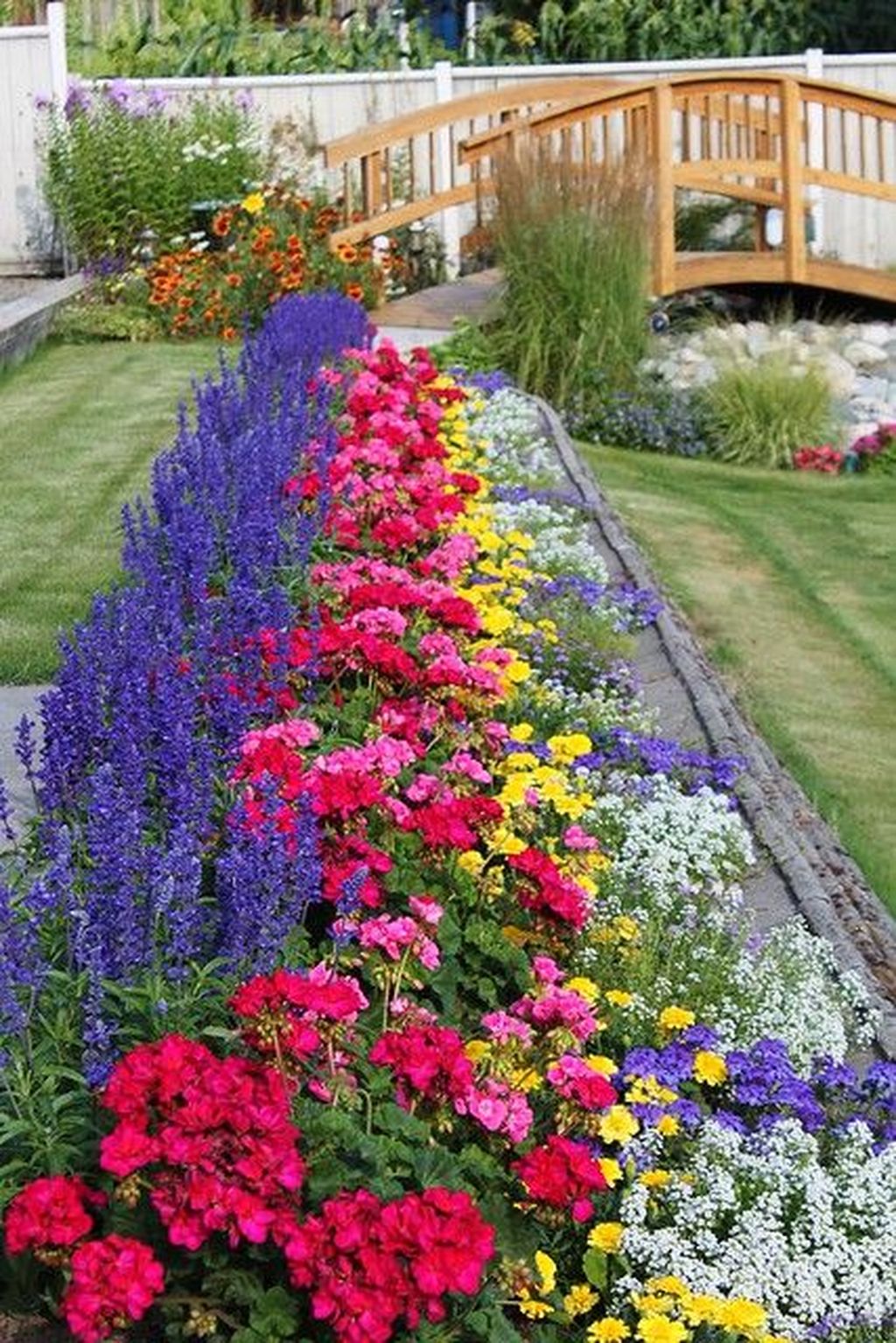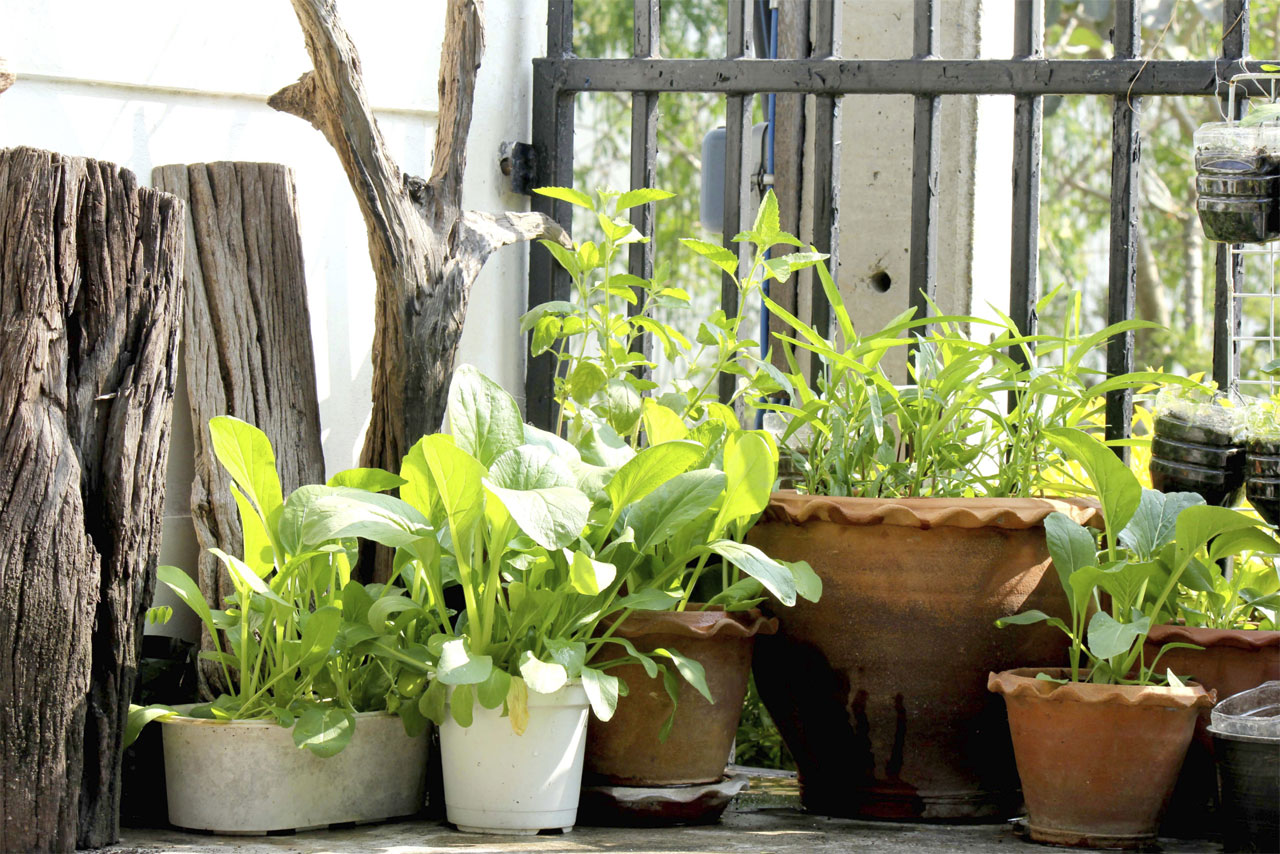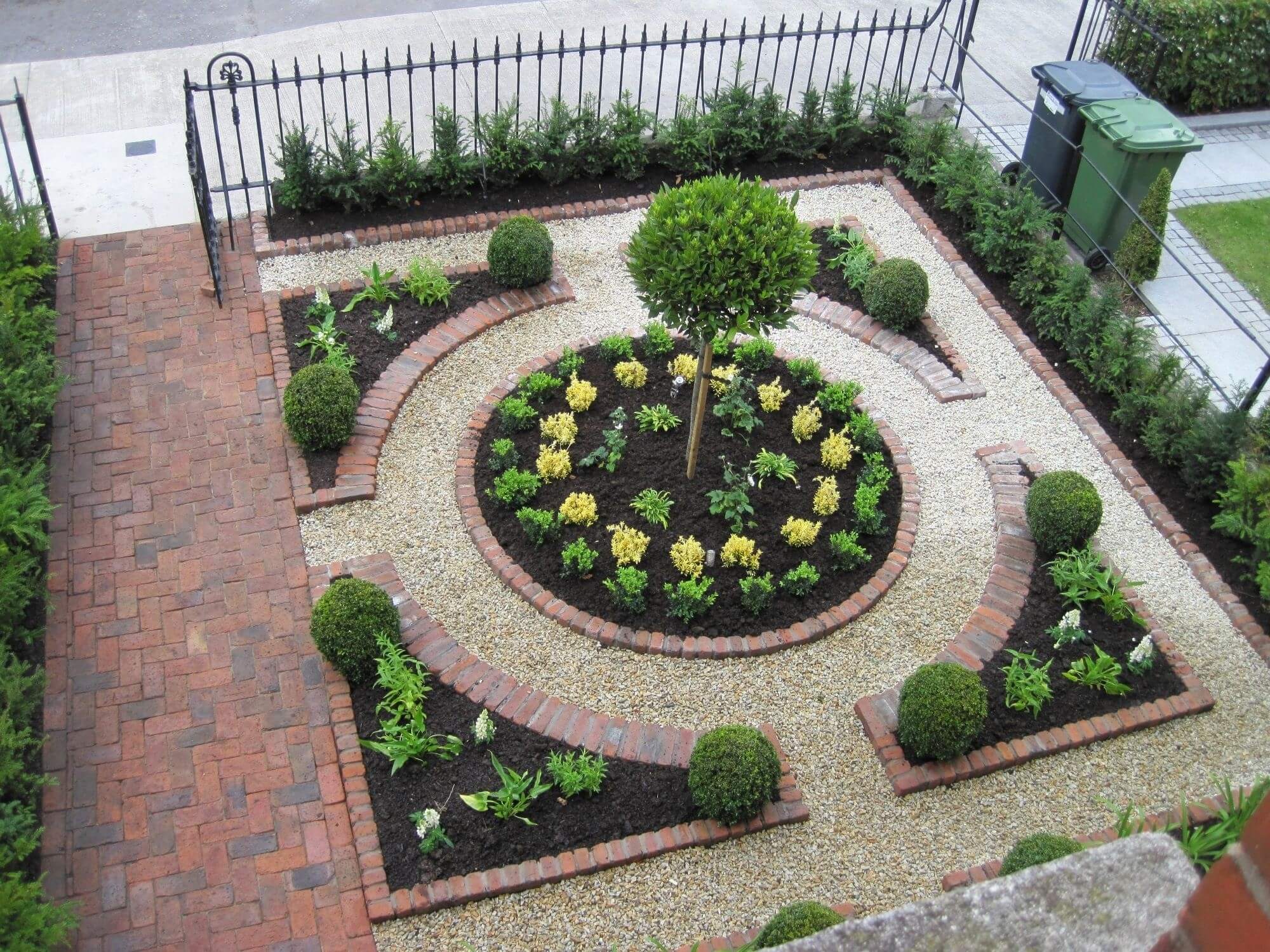Discovering the Best Plants for Your Home Garden
Home gardening plants offer a fantastic opportunity to transform your outdoor or indoor space into a lush, vibrant green oasis. By carefully selecting the right plants based on your local climate, available space, and personal preferences, you can create a stunning home garden that brings joy and tranquility to your daily life. The world of home gardening plants is vast and diverse, encompassing various types of flora that cater to a wide range of gardening interests.
Showcasing the Stars: Featured Home Gardening Plants
When it comes to home gardening plants, there is a plethora of options to choose from, each with its own unique features, growth habits, and care requirements. By understanding the distinct characteristics of various plants, you can make informed decisions and create a thriving home garden tailored to your specific interests and needs.
Perennials: Long-Lasting Beauty
Perennials are a popular choice for home gardeners due to their long-term growth and low maintenance requirements. These hardy plants can return year after year, providing consistent color and texture to your garden. Some top perennial picks include Black-Eyed Susans, Daylilies, and Hostas, which are known for their resilience and beauty.
Annuals: Colorful Additions
Annuals are another category of home gardening plants that can add stunning colors and textures to your outdoor space. Unlike perennials, annuals complete their life cycle within a single growing season, making them an excellent choice for gardeners looking to create a vibrant and ever-changing display. Marigolds, Petunias, and Zinnias are just a few of the many annuals that can bring joy and beauty to your garden.
Vegetables and Herbs: Cultivating Edible Delights
For those interested in growing their own food, home gardening plants such as vegetables and herbs offer a wealth of benefits. Not only do these plants provide fresh, flavorful produce, but they can also help save money on groceries and encourage a healthier lifestyle. Popular choices for home gardeners include Tomatoes, Peppers, Basil, and Cilantro, which are relatively easy to grow and maintain.
Houseplants: Bringing the Outdoors In
Home gardening plants aren’t limited to outdoor spaces. Houseplants have gained popularity in recent years, as more people recognize their ability to improve indoor air quality, add visual interest, and create a connection to nature. Snake Plants, Pothos, and Spider Plants are just a few of the many houseplants that can thrive indoors with the right care and attention.
Perennials: Long-Lasting Beauty in Your Garden
Perennials are a fantastic addition to any home garden, offering long-term growth and low maintenance requirements. These hardy plants can return year after year, providing consistent color and texture to your outdoor space. By understanding the unique characteristics of various perennials, you can make informed decisions and create a stunning, thriving garden tailored to your preferences.
Benefits of Perennials
Perennials offer several benefits to home gardeners, including their long-term growth, low maintenance, and ability to provide consistent color and texture. Unlike annuals, which must be replanted each year, perennials return, often becoming more robust and vibrant over time. This makes them an excellent choice for gardeners looking to create a beautiful, low-maintenance outdoor space.
Popular Perennial Varieties
Numerous perennial varieties are well-suited for home gardens, with Black-Eyed Susans, Daylilies, and Hostas being among the most popular. These plants are known for their resilience, beauty, and ability to thrive in various climates and conditions.
Black-Eyed Susans
Black-Eyed Susans, or Rudbeckia hirta, are a classic perennial choice, featuring bright yellow petals and dark brown or black centers. These plants are drought-tolerant and can grow in various soil types, making them an excellent option for gardeners with limited water resources or challenging growing conditions.
Daylilies
Daylilies, or Hemerocallis spp., are another popular perennial, offering a wide range of colors, shapes, and sizes. These plants are easy to grow and care for, thriving in full sun or partial shade and requiring minimal water and maintenance. Daylilies are also deer-resistant, making them an excellent choice for gardeners in areas with high deer populations.
Hostas
Hostas, or Hosta spp., are a favorite among gardeners for their lush foliage and variety of textures and colors. These shade-loving plants are perfect for gardeners looking to add visual interest to shady areas, and they require minimal care, making them an excellent low-maintenance option.
Tips for Planting, Watering, and Dividing Perennials
To ensure optimal growth and long-term health, follow these tips when planting, watering, and dividing perennials:
- Plant perennials in well-draining soil, ideally in the fall or early spring.
- Water perennials consistently, ensuring the soil remains moist but not waterlogged.
- Divide perennials every 3-5 years to promote healthy growth and prevent overcrowding.
- Prune perennials as needed to remove dead or damaged foliage and encourage new growth.
Annuals: Colorful Additions to Your Home Garden
Annuals are a delightful addition to any home garden, offering a wide range of colors, textures, and growth habits. These plants complete their life cycle within a single growing season, making them an excellent choice for gardeners looking to create a vibrant and ever-changing display. By understanding the unique characteristics of various annuals, you can make informed decisions and create a stunning, thriving garden tailored to your preferences.
Benefits of Annuals
Annuals offer several benefits to home gardeners, including their ability to provide stunning colors and textures throughout the growing season. They are also versatile, adaptable, and often more affordable than perennials. Annual plants can be used to fill gaps in the garden, create borders, or serve as the focal point of a flower bed.
Top Annual Varieties
Numerous annual varieties are well-suited for home gardens, with Marigolds, Petunias, and Zinnias being among the most popular. These plants are known for their vibrant colors, ease of care, and ability to thrive in various conditions.
Marigolds
Marigolds, or Tagetes spp., are a classic annual choice, featuring bright orange, yellow, and red flowers. These plants are heat-tolerant and drought-resistant, making them an excellent option for gardeners in warmer climates. Marigolds are also believed to deter certain pests, making them a valuable addition to vegetable gardens.
Petunias
Petunias, or Petunia spp., are another popular annual, offering a wide range of colors, shapes, and sizes. These plants are easy to grow and care for, thriving in full sun and requiring minimal water and maintenance. Petunias are also deer-resistant, making them an excellent choice for gardeners in areas with high deer populations.
Zinnias
Zinnias, or Zinnia spp., are a favorite among gardeners for their vibrant colors and variety of flower shapes. These plants are heat-tolerant and drought-resistant, thriving in full sun and requiring minimal water and care. Zinnias are also excellent cut flowers, providing a long-lasting, colorful addition to any home or garden.
How to Plant, Water, and Deadhead Annuals
To ensure optimal growth and long-term health, follow these tips when planting, watering, and deadheading annuals:
- Plant annuals in well-draining soil, ideally in the spring after the last frost.
- Water annuals consistently, ensuring the soil remains moist but not waterlogged.
- Deadhead annuals regularly to encourage continued blooming and prevent seed production.
- Stake tall annuals to provide support and prevent them from falling over in windy conditions.
Vegetables and Herbs: Cultivating Edible Delights
Growing your own vegetables and herbs is a rewarding experience, offering numerous benefits such as freshness, flavor, and cost savings. By understanding the unique characteristics of various edible plants, you can make informed decisions and create a thriving home garden tailored to your culinary preferences and needs.
Benefits of Growing Vegetables and Herbs
Growing your own vegetables and herbs allows you to enjoy fresh, flavorful produce at its peak, often surpassing the quality of store-bought options. Homegrown edibles can also save you money, as you’ll be reducing your reliance on grocery store purchases. Additionally, tending to an edible garden can provide a sense of satisfaction, accomplishment, and connection to nature.
Popular Vegetable and Herb Choices
Numerous vegetables and herbs are well-suited for home gardens, with Tomatoes, Peppers, Basil, and Cilantro being among the most popular. These plants are known for their ease of growth, versatility in cooking, and delicious flavors.
Tomatoes
Tomatoes, or Solanum lycopersicum, are a staple in many gardens, offering a wide range of sizes, shapes, and flavors. These plants thrive in full sun and require consistent watering and support, such as stakes or cages, to promote healthy growth and fruit production.
Peppers
Peppers, or Capsicum annuum, are another popular choice for home gardeners, featuring a variety of colors, shapes, and heat levels. These plants prefer warm temperatures and well-draining soil, and they benefit from consistent watering and protection from strong winds.
Basil
Basil, or Ocimum basilicum, is a versatile herb that pairs well with various vegetables and dishes. This plant thrives in full sun and well-draining soil, and it benefits from regular watering and pinching to encourage bushy growth and prevent flowering.
Cilantro
Cilantro, or Coriandrum sativum, is an herb with a unique, refreshing flavor, making it a popular choice for many dishes. This plant prefers cooler temperatures and partial shade, and it benefits from consistent watering and regular harvesting to promote continued growth.
Planting, Watering, and Harvesting Tips
To ensure optimal growth and long-term health, follow these tips when planting, watering, and harvesting vegetables and herbs:
- Plant vegetables and herbs in well-draining soil, ideally in the spring after the last frost.
- Water vegetables and herbs consistently, ensuring the soil remains moist but not waterlogged.
- Harvest vegetables and herbs regularly to encourage continued growth and prevent over-ripening.
- Fertilize vegetables and herbs as needed, using a balanced, slow-release fertilizer to promote healthy growth.
Houseplants: Bringing the Outdoors In
Introducing houseplants to your indoor space can significantly improve air quality, add visual interest, and create a connection to nature. By understanding the unique characteristics of various houseplants, you can make informed decisions and create a thriving indoor garden tailored to your preferences and needs.
Benefits of Houseplants
Houseplants offer numerous benefits, including their ability to improve indoor air quality by removing toxins and producing oxygen. They can also add visual interest, create a calming atmosphere, and foster a sense of connection to nature. Additionally, tending to houseplants can provide a sense of satisfaction, accomplishment, and relaxation.
Top Houseplant Choices
Numerous houseplants are well-suited for indoor environments, with Snake Plants, Pothos, and Spider Plants being among the most popular. These plants are known for their ease of growth, air-purifying abilities, and adaptability to various light and temperature conditions.
Snake Plants
Snake Plants, or Sansevieria trifasciata, are a popular choice for indoor gardens due to their resilience and air-purifying abilities. These plants can tolerate low light conditions and require minimal watering, making them an excellent option for beginners or those with limited time for plant care.
Pothos
Pothos, or Epipremnum aureum, are another popular choice for indoor spaces, featuring heart-shaped leaves and trailing growth habits. These plants can tolerate a wide range of light conditions and require minimal watering, making them an excellent option for hanging baskets or shelves.
Spider Plants
Spider Plants, or Chlorophytum comosum, are a classic choice for indoor gardens, known for their ability to produce numerous offshoots, or “spiderettes.” These plants prefer bright, indirect light and require consistent watering, making them an excellent option for well-lit rooms or offices.
Caring for Houseplants
To ensure optimal growth and long-term health, follow these tips when caring for houseplants:
- Place houseplants in well-lit areas, avoiding direct sunlight, which can scorch leaves.
- Water houseplants consistently, ensuring the soil remains moist but not waterlogged.
- Fertilize houseplants as needed, using a balanced, slow-release fertilizer to promote healthy growth.
- Prune houseplants regularly to remove dead or yellowing leaves and encourage bushy growth.
How to Care for Your Home Gardening Plants
Caring for your home gardening plants is essential to ensure their long-term health and beauty. By understanding the fundamental aspects of watering, fertilizing, pruning, and pest control, you can maintain a thriving garden tailored to your local climate and personal preferences.
Watering Home Gardening Plants
Proper watering is crucial for the survival and growth of home gardening plants. To ensure optimal watering, follow these guidelines:
- Water your plants consistently, following the specific watering requirements of each plant species.
- Avoid overwatering, which can lead to root rot and other fungal diseases.
- Water your plants early in the day to allow the moisture to evaporate, reducing the risk of fungal growth.
Fertilizing Home Gardening Plants
Fertilizers provide essential nutrients to home gardening plants, promoting healthy growth and blooming. To ensure proper fertilization, follow these guidelines:
- Choose a balanced, slow-release fertilizer to promote steady growth and prevent nutrient burn.
- Follow the manufacturer’s instructions for application rates and frequencies.
- Consider using organic fertilizers, such as compost or well-rotted manure, to enrich the soil and promote long-term plant health.
Pruning Home Gardening Plants
Pruning is an essential aspect of home gardening plant care, promoting bushy growth, preventing disease, and encouraging flowering. To ensure proper pruning, follow these guidelines:
- Prune your plants regularly, removing dead or yellowing leaves and spent flowers.
- Use clean, sharp pruning shears to make precise cuts and prevent damage to the plant.
- Prune at the appropriate time for each plant species, as some plants benefit from pruning during specific growth stages.
Pest Control for Home Gardening Plants
Pests can damage home gardening plants, reducing their health and beauty. To ensure proper pest control, follow these guidelines:
- Identify the pest before taking action, as different pests require different control methods.
- Use organic pest control methods, such as insecticidal soap or neem oil, to minimize environmental impact.
- Introduce beneficial insects, such as ladybugs or lacewings, to control pest populations naturally.
By following these guidelines, you can care for your home gardening plants effectively, ensuring their long-term health and beauty. Regularly monitor your plants for signs of pests, disease, or watering issues, and address any concerns promptly to maintain a thriving, vibrant garden.
Designing a Stunning Home Garden Layout
Creating a visually appealing home garden layout is essential for maximizing the beauty and functionality of your outdoor or indoor space. By considering factors such as color, texture, height, and spacing, you can design a stunning garden that showcases your chosen home gardening plants and meets your unique needs and preferences.
Color in Home Garden Design
Color plays a significant role in home garden design, influencing the overall mood and atmosphere of the space. To create a harmonious and visually appealing color scheme, consider the following tips:
- Choose a color palette that complements your home’s exterior or interior design.
- Select plants with varying bloom times to ensure continuous color throughout the growing season.
- Incorporate foliage colors, such as variegated leaves or purple-hued plants, to add depth and interest to your garden.
Texture in Home Garden Design
Texture is another essential factor in home garden design, contributing to the overall visual interest and dimension of the space. To create a balanced and engaging texture, consider the following tips:
- Combine plants with different leaf shapes, sizes, and textures, such as ferns, grasses, and succulents.
- Incorporate vertical elements, such as tall grasses or climbing vines, to add height and contrast to your garden.
- Experiment with various textures, such as smooth, rough, or hairy leaves, to create a visually engaging and dynamic garden.
Spacing in Home Garden Design
Proper spacing is crucial for the long-term health and beauty of your home garden. To ensure optimal spacing, consider the following tips:
- Research the mature size of each plant and allocate enough space for growth.
- Consider the plant’s growth habit, such as spreading or mounding, when determining spacing.
- Allow for adequate air circulation between plants to prevent the spread of disease and pests.
By incorporating these factors into your home garden design, you can create a stunning and functional space that showcases your chosen home gardening plants and meets your unique needs and preferences. Regularly assess and adjust your garden layout as needed, ensuring its long-term health and beauty.








